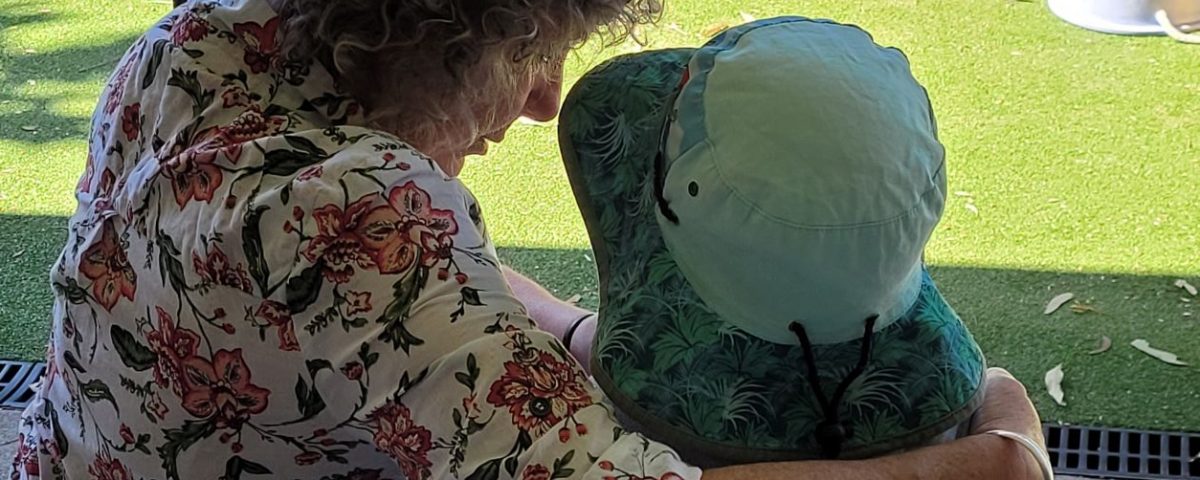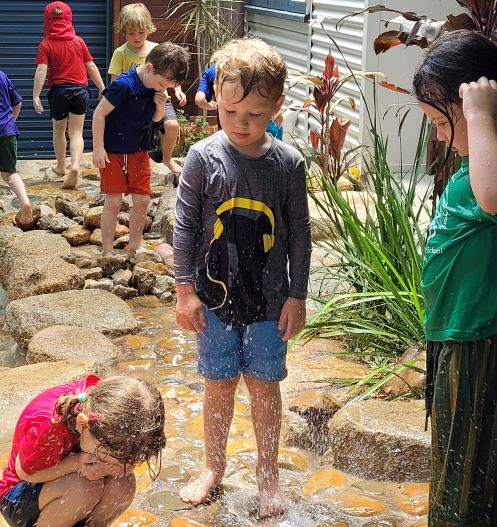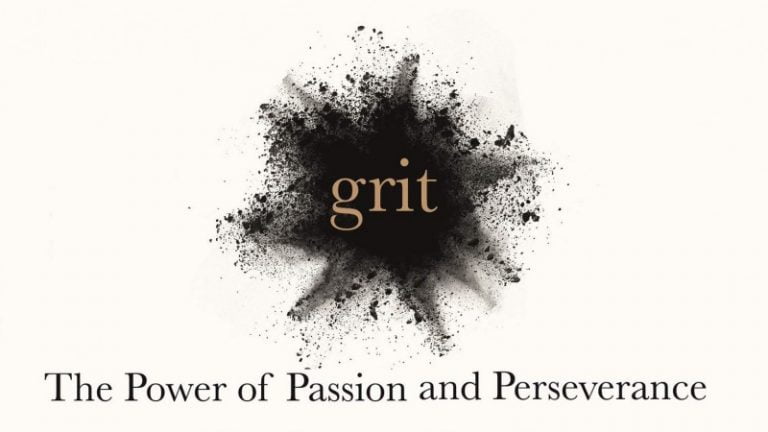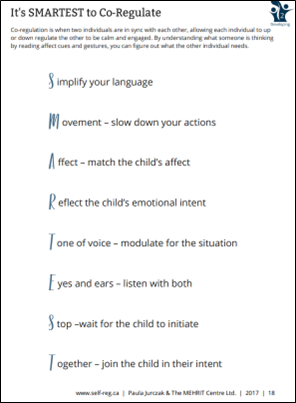
SELF-REGULATION
May 20, 2022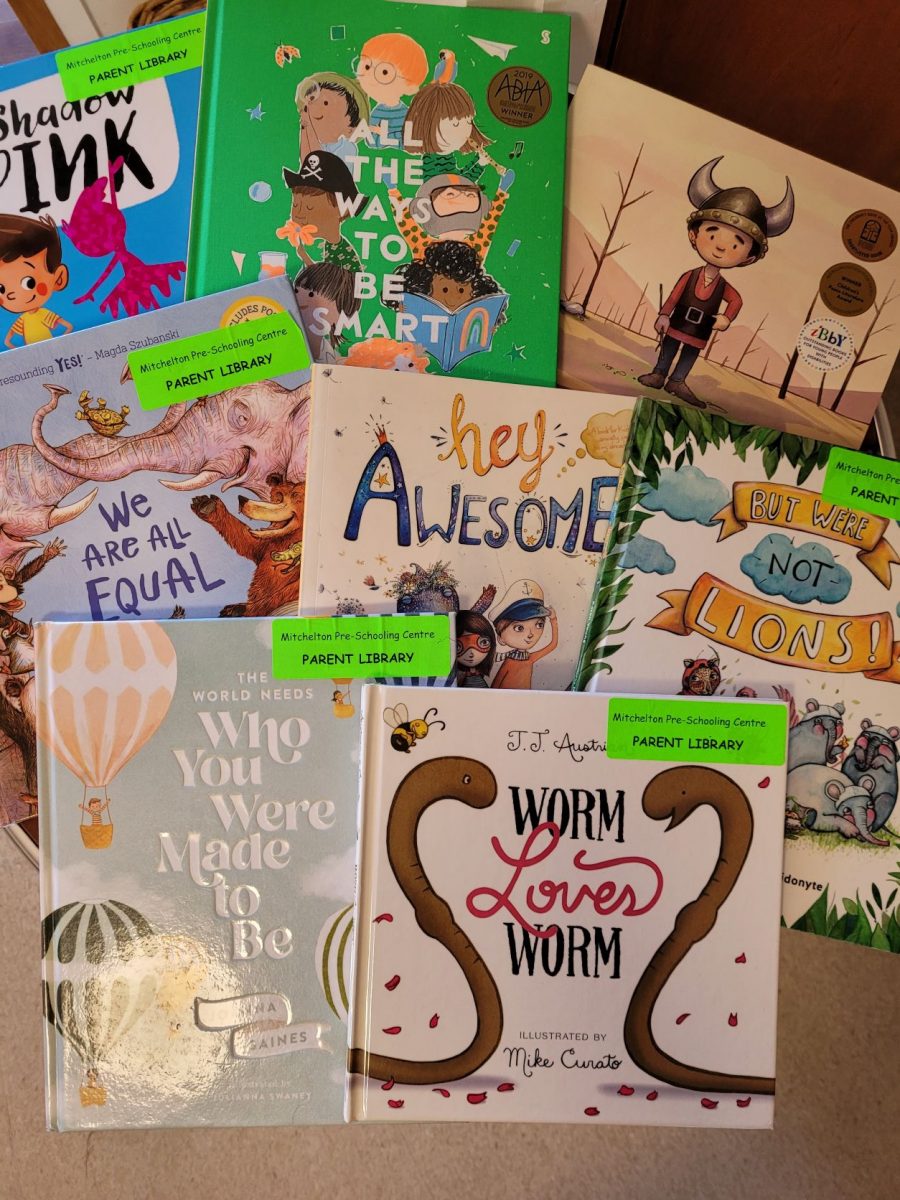
Anti-bias: what does it mean in practice.
July 29, 2022Self-regulation is the ability to control and direct one’s own feelings, thoughts, and actions. (Refer previous blog SELF-REGULATION – Mitchelton Pre-Schooling Centre (mpc.net.au)
This blog aims to provide some ‘nuts and bolts’ about how we co-regulate and build on children’s growing ability to self-regulate.
Children’s behaviour is complex, multi-faceted and context driven. As teachers and educators, we all have a toolkit of strategies as well as a set of understandings which frame our responses.
Some understandings:
- All children learn in their own way.
- Their words, actions and behaviours are influenced by their life experiences.
- Listening and watching helps us to work out what the child’s behaviour is telling us.
We re-frame our view from ‘miss-behaviour’ to ‘stress-behaviour’. - Our responses inform the child’s next actions and behaviours.
- A dysregulated child cannot listen until calm. Focus on supporting to calm -reduce words.
- Changing behaviours takes time and practice.
- We look long-term for what’s best for the child growth rather than a short-term fix.
- Clarity and consistency in responses is significant.
- We aim to stay calm. Follow through with consequences. Be confident.
Some tools:
- Look for the positive and acknowledge. ‘Catch ‘em being good’. (e.g. You’ve eaten all your breakfast. You’ll have so much energy to play now).
- Tell children what TO DO rather than what not to do (e.g. Walking feet inside).
- Give choice where possible (e.g. Do you want to wear the blue or red t-shirt) and be clear when there is not a choice (e.g. Hold my hand while we cross the road).
- Say the child’s name and wait for attention before giving the instruction.
- Encourage calm words instead of whinging and crying. Model appropriate words.
- Help an upset child name their feeling and practice strategies to calm (e.g. butterfly breathing).
- Support child to take ownership of problem and ways of calming. E.G. What can you do for yourself to calm down?
- Use signs and signals as prompts (e.g. moving hand up and down to indicate waiting).
- Keep language simple. First ____ (e.g. pack away) Then ____ (e.g. lunch).
- Use visual clues (e.g. photo checklist for packing a kindy bag).
- Use say-wait-repeat-wait-repeat-do format. (e.g. hang up your painting, count to 10 and if there’s no response, say again hang up your painting, count to 10 and if there’s still no response, put hand on hand to help child hang up their painting).
Some words we often use:
- You’re still learning to/practising…
- I can see you’re having trouble with … let me help you.
- Catch your words and hold onto them. (When children are calling out.)
- At kindy we…
- Come and sit near me so I can help you.
- I’ve noticed your body/face looks…. Let’s do some calm breathing (butterfly, finger, tummy).
- I noticed you resisted talking to ___ when they were talking and not listening.
- _____ can’t do it YET. Look at _______practicing/having a try.
- That’s a really hard puzzle. You didn’t give up.
- Look for a clue. What are other children doing now.
- You remembered to put your hand up and didn’t call out.
- I can see your feet are walking.
- I can see that you’re listening.
- What great calming down you did. You were really upset, now you’re calm and can play again.
- You’re good at solving problems, what do you think you’ll could try.
- Good choice show me how you can do that.
An indicator of a child demonstrating self-regulation, is being able to do it without an adult in sight. It takes a life-time of practise!


